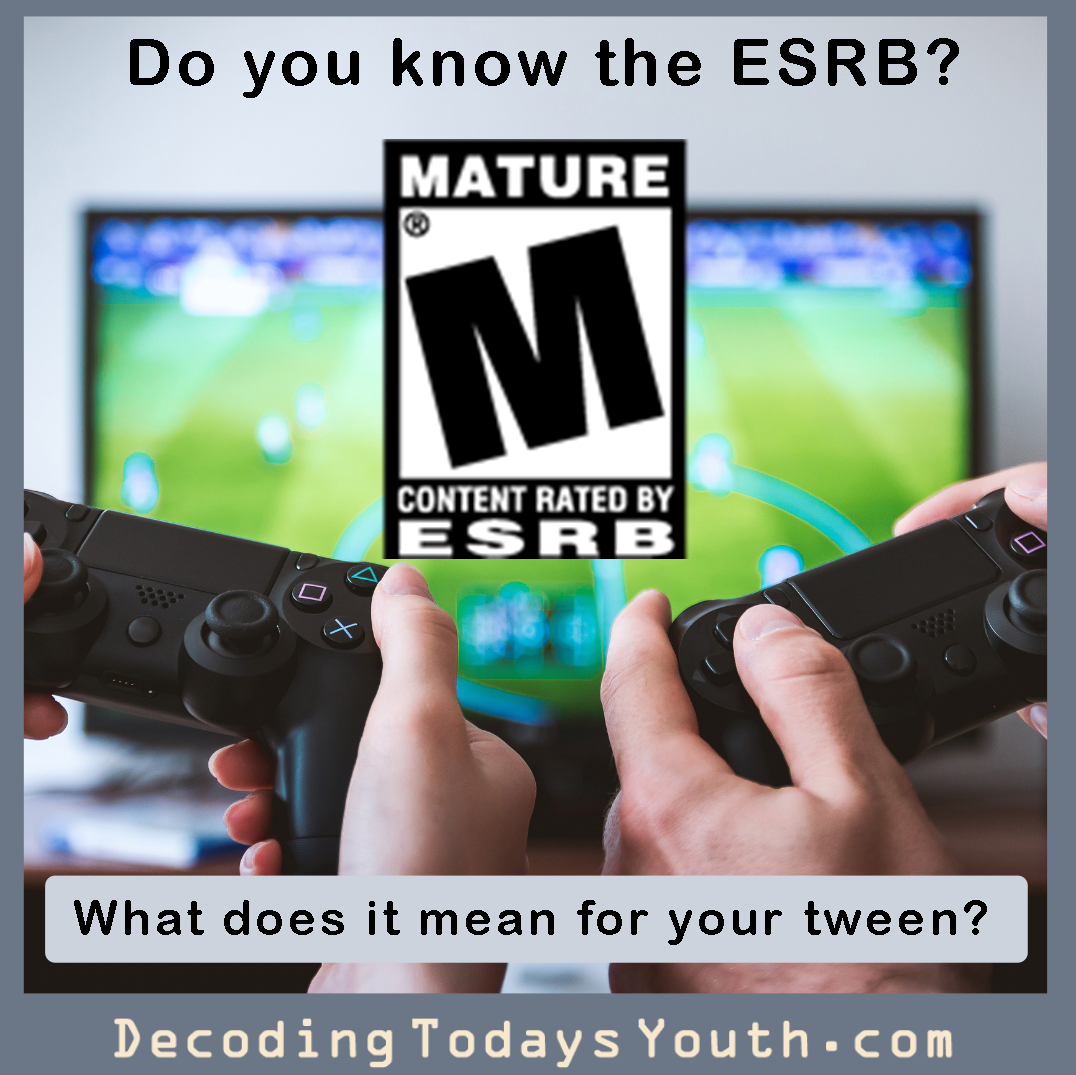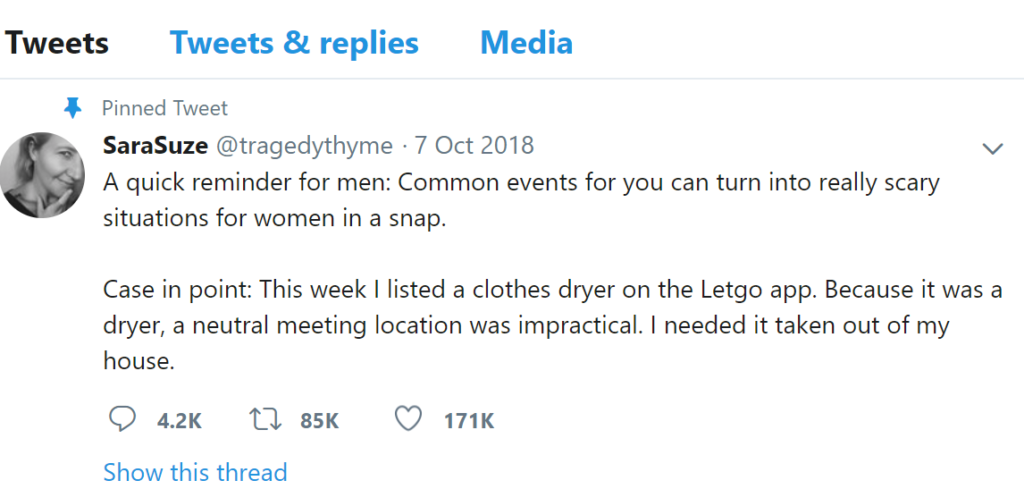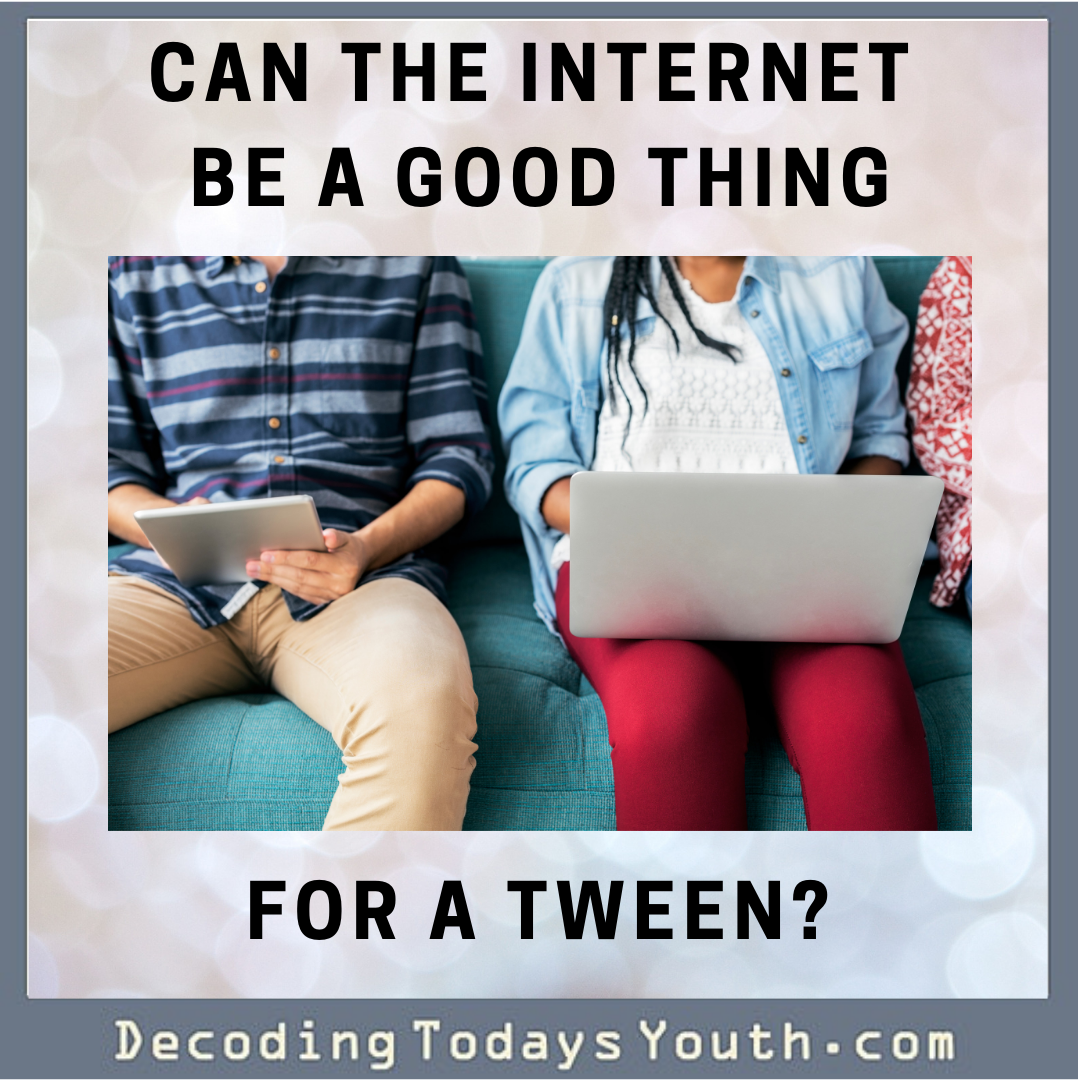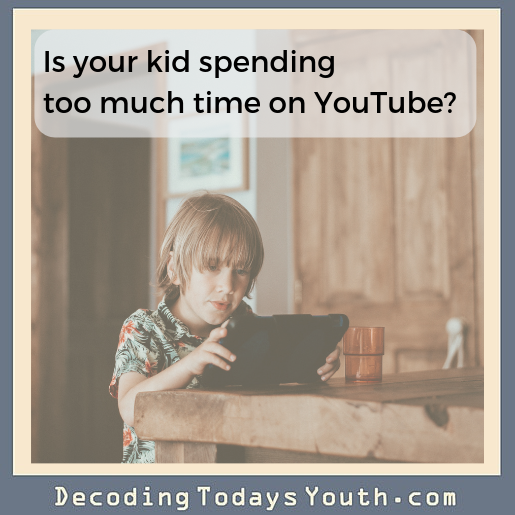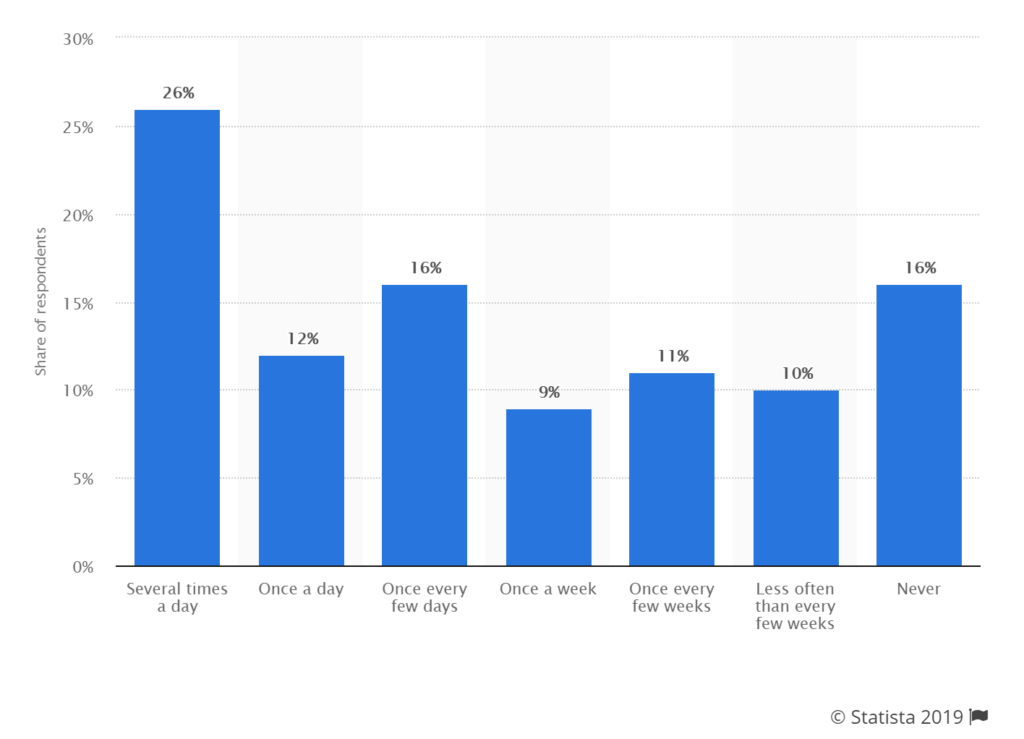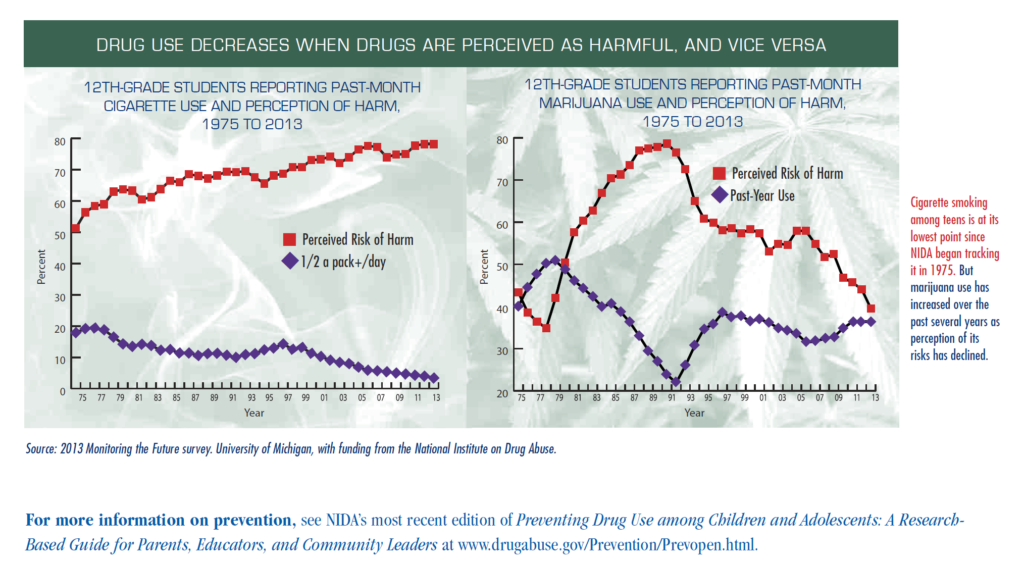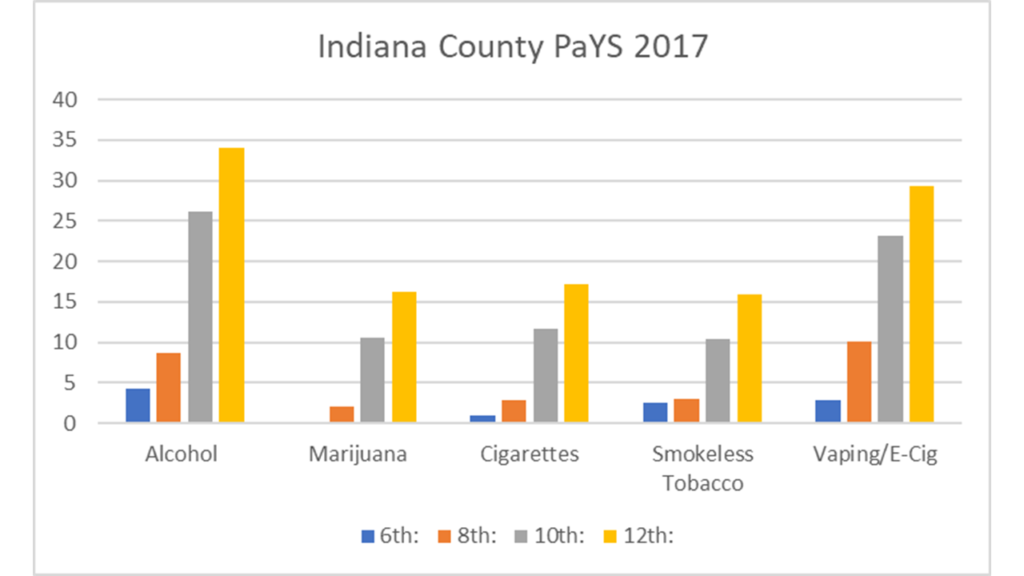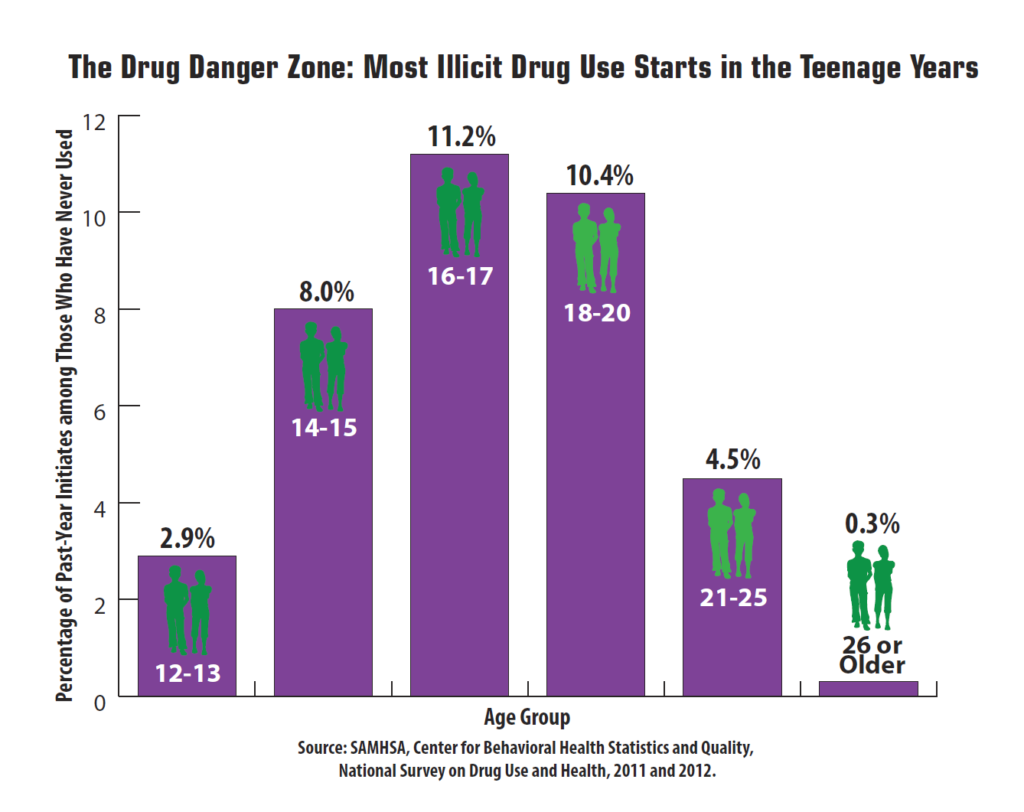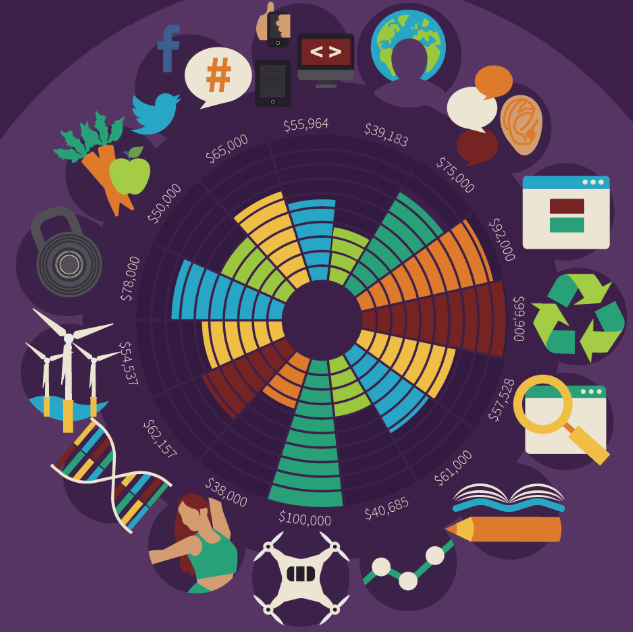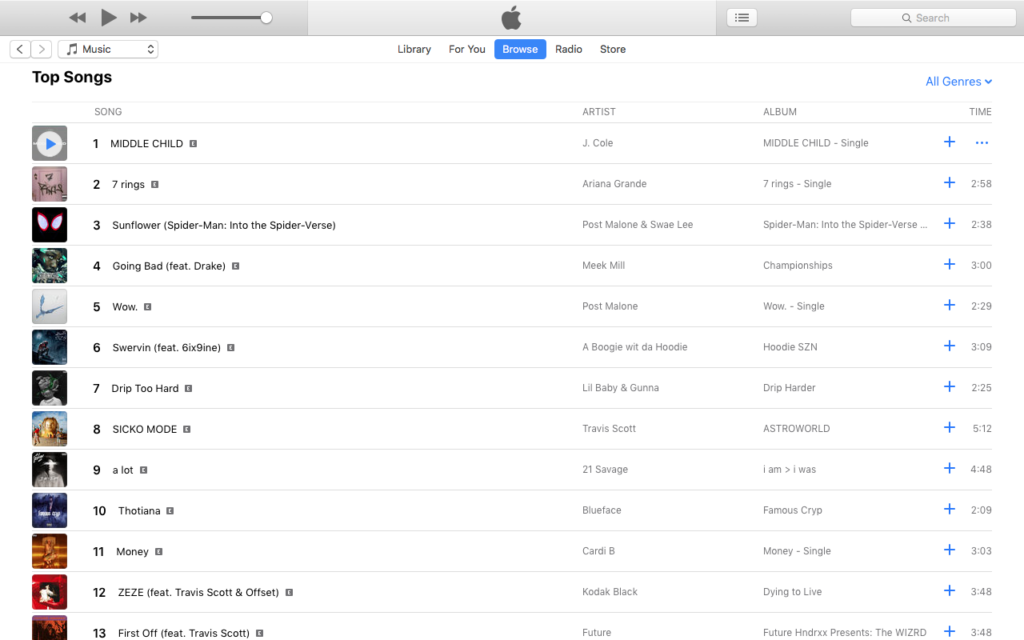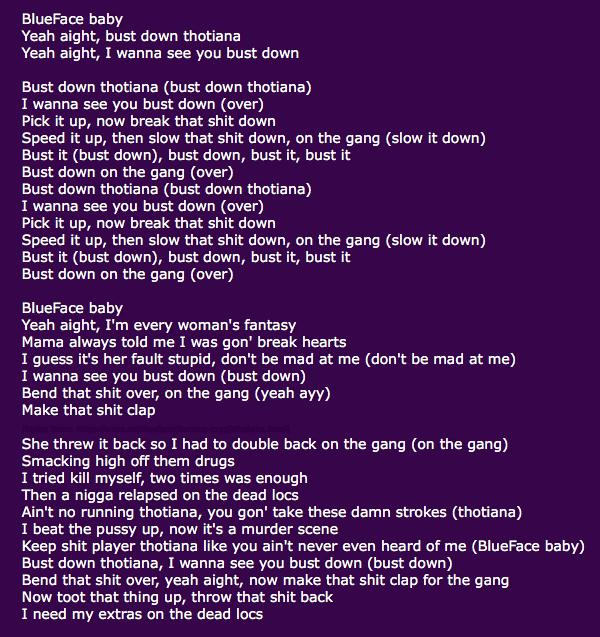

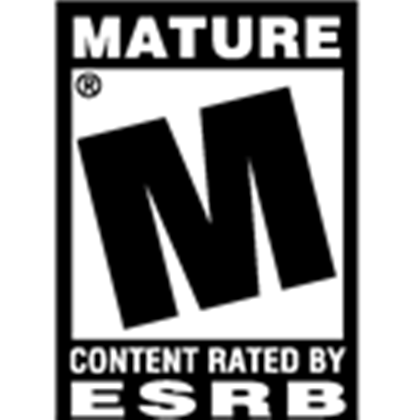
Have you seen these images on your kid’s video game box? It is the symbol for the ESRB (Entertainment Software Rating Board) rating system. Like movies and television, video games have a rating system. It signals to everyone which games are “age-appropriate” for various ages.
In the United State, games are given ESRB ratings before they are sold. The ratings are based on the content. Below I explain the various rating categories.
But before I do, allow to me explain that this system is pretty much voluntary. With one exception, the rating “AO” that means essentially “pornography”, stores don’t have to check the ID of a teenager or restrict sales of games because of the ESRB rating. The courts in the United States have ruled restricting video game sales is the equivalent of restricting free speech. So, in theory, your tween can “buy” a violent, mature-only video game. Fortunately, all national retailers voluntarily restrict sales to minors for “M” games. This is probably because they would suffer a severe public backlash if they didn’t. However, any tween that really wants a game, and can play it without their parent’s knowledge, can just “aquire” it from someone older.
So, here’s the rating system:
E – For Everyone
These games are for everyone and are typically family or party-type games. Think Wii Bowling or Super Mario Cart. Common descriptions include Comic Mischief, Mild Fantasy Violence and Mild Cartoon Violence. “Cartoon Violence”, by the way, means the artwork looks very flat and cartoony. “Fantasy” means the artwork is more realistic.
E 10+ – For Everyone Ten and Up
This means the game is more suited for children aged 10 or up. These games typically have: Crude Humor, Mild Violence, Suggestive Themes, and Mild Language.
T- For Teen
“Teen” means “13 or higher.” These games feature Crude Humor, Mild to Moderate Violence, Mild to Moderate use of Language, Suggestive Themes, Sexual Themes, and Mild Realistic or Animated Blood. Please note, these games are allowed to feature the use of tobacco or alcohol. As I said above, tweens are still able to purchase these games without the presence of an adult. Most stores won’t check for an ID if the customer looks like they are in their teens.
M – For Mature
“Mature” games are typically the most controversial games because of their violent and suggestive content. Games like Grand Theft Auto or Call of Duty are associated with the “M” rating. They feature Blood and Gore, Intense Violence, Strong Language, Sexual Themes, and Partial or Full-Frontal Nudity. Parents or someone above 17 are typically required to be present when a “M” rated game is purchased. However, websites usually require just a button is pressed that “certifies” the purchaser is over 17.
A – For Adult (or AO – Adult Only)
“Adult” rated games are the most severely rated games by the ESRB. These games are only available for people 18 or older and often have pornographic content. Very few games today are given an “A” rating and very few stores like GameStop or WalMart even sell these games.
While the ESRB rating system is important for parents to know (the ESRB provides its own “parent discussion guide” here), parents should also consider going online to look at how other parents view a particular game. Try “Google-ing” the game name and “parents” or “parent reviews”.
You should also know that another important element of games that many manufacturers will display is the Interactive Elements of the game. These can include In-Game Purchases, Users Interact, Shares Location or Unrestricted Internet. Unfortunately, these labels might not be detailed enough. Does “In-Game Purchases” mean buying skins for a character, buying loot, adding powers, or turning off annoying features? Does “Users Interact” mean only text chatting, or is voice added? Or video? Parents will have to do additional research whenever they see these markings.
You will also want to know if a game is an online multiplayer game. In many cases, game manufacturers do not filter the online connections by age group, so your tween could be playing a game with a complete (adult) stranger, if you are not careful. Dr. Lauber told us a story of walking by his tween playing an online game and hearing, through the kid’s headset, several adults swearing. He immediately changed the “game playing while online” rules at his house.
I don’t want to imply that all game playing is harmful. I don’t think it is. I’m an avid video game player myself. But, I’m not a tween, and many of today’s most popular games were not around when I was young. Parents, you must be careful. Not “every game” is for “everyone”.
Links:
For more information on ESRB’s policies and how they rate games, you can visit their website at http://www.esrb.org/
To see what the ESRB has to say directly to parents, try
https://www.esrb.org/about/familyguide.aspx
To see the Federal Trade Commission’s discussion on what parents can do to limit the access of children to video games, try
https://www.consumer.ftc.gov/articles/0270-kids-parents-and-video-games
The Family Online Safety Institute also offers this advice: https://www.fosi.org/good-digital-parenting/tips-help-manage-your-kids-games-and-apps/

